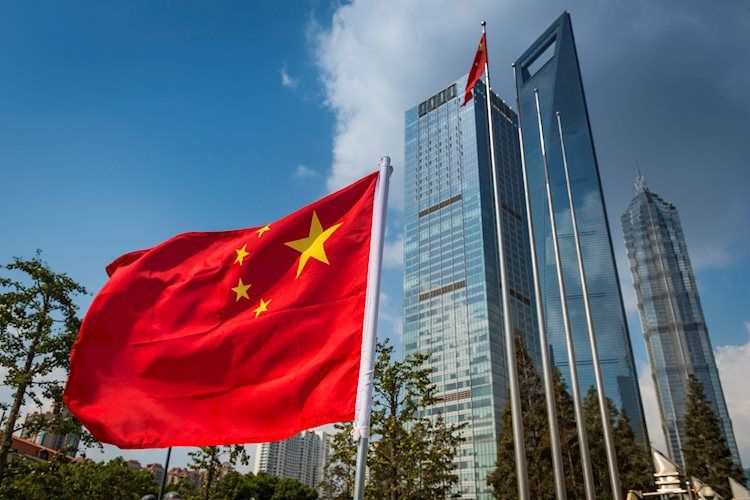In July, China’s official manufacturing Purchasing Managers’ Index (PMI) remained below 50 for the third consecutive month, while the services PMI fell to 50. This indicates that real activity growth may have slowed due to sluggish domestic demand, although export growth remained strong. Standard Chartered economists Hunter Chan and Shuang Ding predict that CPI inflation may have increased slightly, credit growth may have rebounded, and money growth likely decreased once again during this period.
The domestic demand in China continued to remain subdued in July, with the manufacturing PMI dropping to 49.4 from 49.5 in June. This trend was expected and marks the third month in a row that the index has remained in contractionary territory. The new orders PMI also fell below 50, signifying weak domestic demand, while the new export orders PMI rose. The economists anticipate that industrial production growth slowed to 4.5% year-on-year in July from 5.3% in June due to these factors.
The services PMI also decreased by 0.2 points to a year-to-date low of 50 in July, impacted by a decline in areas such as retail sales, real estate, and financial market services. Despite this, retail sales growth may have rebounded due to a low base, but the 3-year compound annual growth rate (CAGR) likely decreased further. Export growth was resilient during this time, helping to balance out the relatively robust production levels and weak domestic demand in the country.
It is expected that CPI inflation in China may have risen slightly in July due to higher prices for pork and fuel, while Producer Price Index (PPI) deflation may have deepened as a result of falling metal and petrochemical prices. The reduction in loan prime rates following a policy rate cut could have stimulated loan demand during this period. Additionally, it is likely that CNY loan growth stabilized, and deposits decreased more than usual patterns as banks lowered deposit rates in response to the economic conditions.
In conclusion, despite the challenges posed by sluggish domestic demand and a contraction in the manufacturing sector, China’s export growth remained resilient in July. The increase in CPI inflation and the stabilization of loan growth suggest some positive developments in the economy, although challenges such as PPI deflation and subdued domestic demand continue to persist. As the country navigates through these economic conditions, it will be important to monitor key indicators such as PMI, inflation rates, and credit growth to assess the overall health of the Chinese economy in the coming months.










